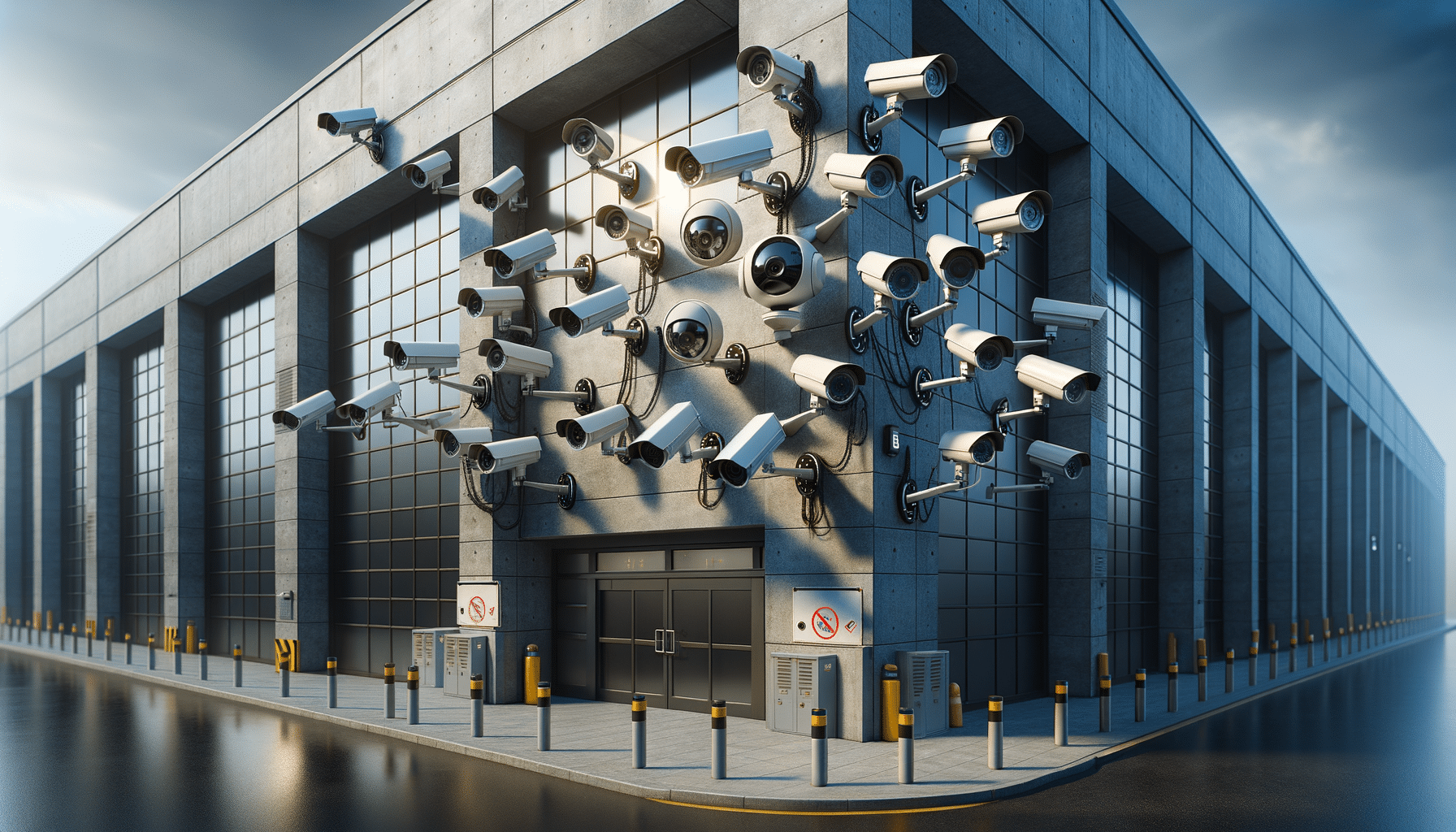
Security Camera
Introduction to Security and Surveillance Cameras
In today’s fast-paced world, security and surveillance cameras have become an integral part of our lives. From homes to businesses and public spaces, these cameras play a crucial role in enhancing security and providing peace of mind. As technology advances, the capabilities and applications of security cameras continue to evolve, making them an indispensable tool for safety and monitoring. In this article, we will delve into the various aspects of security and surveillance cameras, exploring their importance, types, technological advancements, and the future of this ever-growing industry.
The Importance of Security Cameras
Security cameras serve as a powerful deterrent against crime, providing a sense of security to individuals and communities alike. By capturing footage of potential criminal activity, these cameras help law enforcement agencies in their investigations and can provide vital evidence in court proceedings. Moreover, the presence of security cameras can discourage criminal behavior, as potential offenders are less likely to engage in unlawful activities when they know they are being watched.
Beyond crime prevention, security cameras also play a role in monitoring and managing various environments. In businesses, they help in overseeing operations, ensuring employee safety, and preventing internal theft. In public spaces, such as airports and train stations, surveillance cameras enhance the safety of travelers by monitoring for suspicious activities. Additionally, in residential areas, they offer homeowners peace of mind by keeping an eye on their property and loved ones.
Types of Security Cameras
The market offers a wide range of security cameras, each designed to meet specific needs and preferences. Some of the most common types include:
- Bullet Cameras: Known for their long cylindrical shape, bullet cameras are ideal for outdoor use, providing a clear view over long distances.
- Dome Cameras: With a dome-shaped design, these cameras are often used indoors and offer a wide field of view, making them suitable for monitoring large areas.
- PTZ Cameras: Pan-Tilt-Zoom cameras allow users to control the camera’s movement and zoom in on specific areas, providing flexibility in monitoring.
- Wireless Cameras: These cameras offer the convenience of easy installation and can be accessed remotely via smartphones or computers.
- Infrared Cameras: Equipped with infrared technology, these cameras can capture clear images in low-light or nighttime conditions.
Each type of camera has its own advantages and is suited to different environments and purposes. Choosing the right type of camera depends on factors such as location, coverage area, and specific security needs.
Technological Advancements in Surveillance Cameras
Technological advancements have significantly transformed the capabilities of security cameras, making them more efficient and effective. High-definition (HD) cameras now offer crystal-clear images, allowing for better identification of individuals and details. Additionally, the integration of artificial intelligence (AI) has revolutionized the way surveillance cameras operate.
AI-powered cameras can analyze footage in real-time, detecting unusual activities and alerting authorities to potential threats. Features such as facial recognition and license plate recognition enhance the ability to identify individuals and vehicles, further aiding in crime prevention and investigation. Moreover, cloud storage solutions have made it easier to store and access large volumes of footage, ensuring that crucial data is not lost.
These technological advancements have not only improved the functionality of security cameras but have also opened up new possibilities for their use in various sectors, including healthcare, retail, and transportation.
The Future of Security and Surveillance Cameras
As technology continues to advance, the future of security and surveillance cameras looks promising. Emerging technologies such as the Internet of Things (IoT) and 5G connectivity are set to enhance the capabilities of these cameras, enabling seamless integration with other smart devices and systems.
In the coming years, we can expect to see more advanced features such as predictive analytics, which will allow cameras to anticipate and prevent incidents before they occur. Furthermore, the development of more sophisticated AI algorithms will improve the accuracy and efficiency of surveillance systems, reducing false alarms and enhancing overall security.
As society becomes increasingly reliant on technology, the demand for security and surveillance cameras will continue to grow. These devices will play a pivotal role in safeguarding our homes, businesses, and public spaces, ensuring a safer and more secure environment for all.
Conclusion: Embracing Security Technology
In conclusion, security and surveillance cameras are an essential component of modern security systems. Their ability to deter crime, monitor environments, and provide valuable evidence makes them invaluable tools for individuals, businesses, and law enforcement agencies. As technology continues to evolve, these cameras will become even more sophisticated, offering enhanced features and capabilities.
For those considering investing in security cameras, it is important to assess specific needs and choose the right type and technology to suit their requirements. By embracing the advancements in security technology, we can create safer communities and protect what matters most.


